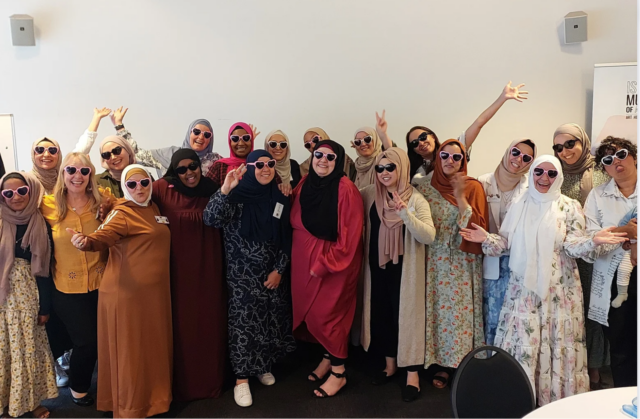“Every one of you is a shepherd and is responsible for your flock”.
In this single line we are given a framework of Prophetic leadership, to be a steward. Let’s explore:
The art of horsemanship is the art of leadership. Leadership can be thought about in the paradigm of a general commanding an army, or stone mason sculpting the rock. However, to be nurturing and guiding is far deeper than being directing and commanding.
Let’s look at the shepherd and his flock. The shepherd doesn’t mold the flock. He cares for them, keeps them safe and guides them through the land.
Similarly let’s look at the gardener and her flowers. Can a gardener say she created the flowers? Can she say she made it blossom? No. She provides the environment in which that flower reaches its potential, she steps back and says Subhanallah.
It’s the same when you get married or have a child: you can’t carve out the perfect child or relationship. You can work on setting up an environment where they can blossom.
In this article we will look at three lessons you may take away from spending time with horses that will make you a better leader through stewardship.
- Learning to build safety through awareness:
Horses are herd animals. They are also anxious. Being together keeps them safe. When you first start working with a horse, you want to show the horse just how aware you are of where the horse’s awareness is. You will pay attention to the slightest flick of an ear, or step back at the blink of an eye. What you are doing here is offering the horse safety and a space where they “can feel heard, be seen and understood”.In the mental health and parenting world they will call this attunement. This is a skill that can then be transferred to noticing shifts in your children, partner or colleagues at work.
- Becoming Clearer in Your Communication:
Horses live in the present moment, they are honest, sensitive and pay attention to what’s going on around them without building stories in their head and complex thought structures like shame or guilt. They then speak with their bodies. So much of our day is spent in “our head”. When training a horse, we learn to be in our body. We are not thinking about what’s for dinner or checking messages on our phone when we’re in the yard with a horse. We are paying attention to the slightest shifts in being. You are building the ability to be in our body and mind in the present moment and observing how the horse responds to this. We and the horse are speaking in congruence.This attention and alignment teaches us to be congruent in what we say, what we do and what we mean with others.
- Finding connection through impossible barriers:
After having a high level of awareness, being able to offer safety and a two way communication path opens the door for connection. This awareness of your state allows you to build a level of communication that transcends species. And the horse is the perfect animal to do this with. One day the Prophet (s) was seen playing with the mane of a horse between his fingers. He turns to the companions around him and says, “there is goodness upon the forelock of horses until the Day of Judgement”. There is so much more than just riding. Ulama of the past would say: if you know how to rear a horse, you know how to raise a child. Many contemporary horsemen and women speak about the transformative impact working with horses has on their personal lives. It is in this spirit we engage our equine partners. Once connected you and your horse can take on the whole world.But it’s not just about the horse. Our Prophet (s) did not break in his companions, he built them. And they loved him (s). Together, they changed the world.
We’d invite you, take a pen or type up two to three key points that come to mind.
Pay attention to the leadership positions you hold. How do you bring through the stewardship our Prophet talked about: how do you pay attention, build awareness and grow with those around you?







